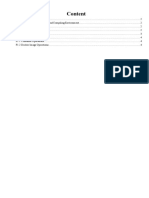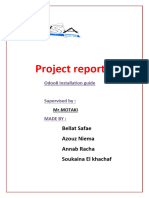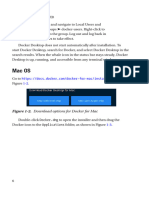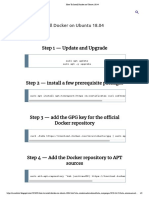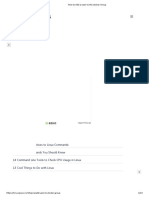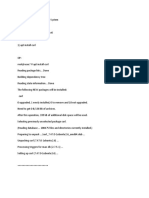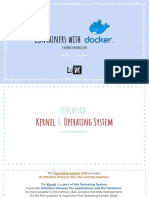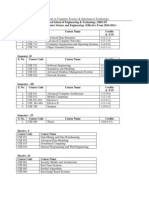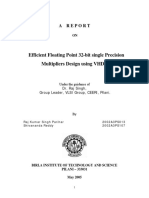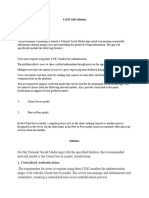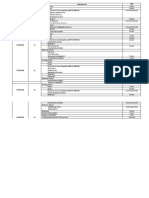0% found this document useful (0 votes)
41 views13 pagesDTK Setup Working
This document provides a comprehensive guide for installing WSL and Docker on Ubuntu, including commands for setting up Docker and Docker Compose, as well as instructions for installing the Development Toolkit (DTK). It details the necessary configurations, user permissions, and steps for importing code and creating queues. Additionally, it outlines the process for managing containers and accessing applications after installation.
Uploaded by
sunil.puppalaCopyright
© © All Rights Reserved
We take content rights seriously. If you suspect this is your content, claim it here.
Available Formats
Download as DOCX, PDF, TXT or read online on Scribd
0% found this document useful (0 votes)
41 views13 pagesDTK Setup Working
This document provides a comprehensive guide for installing WSL and Docker on Ubuntu, including commands for setting up Docker and Docker Compose, as well as instructions for installing the Development Toolkit (DTK). It details the necessary configurations, user permissions, and steps for importing code and creating queues. Additionally, it outlines the process for managing containers and accessing applications after installation.
Uploaded by
sunil.puppalaCopyright
© © All Rights Reserved
We take content rights seriously. If you suspect this is your content, claim it here.
Available Formats
Download as DOCX, PDF, TXT or read online on Scribd
/ 13





